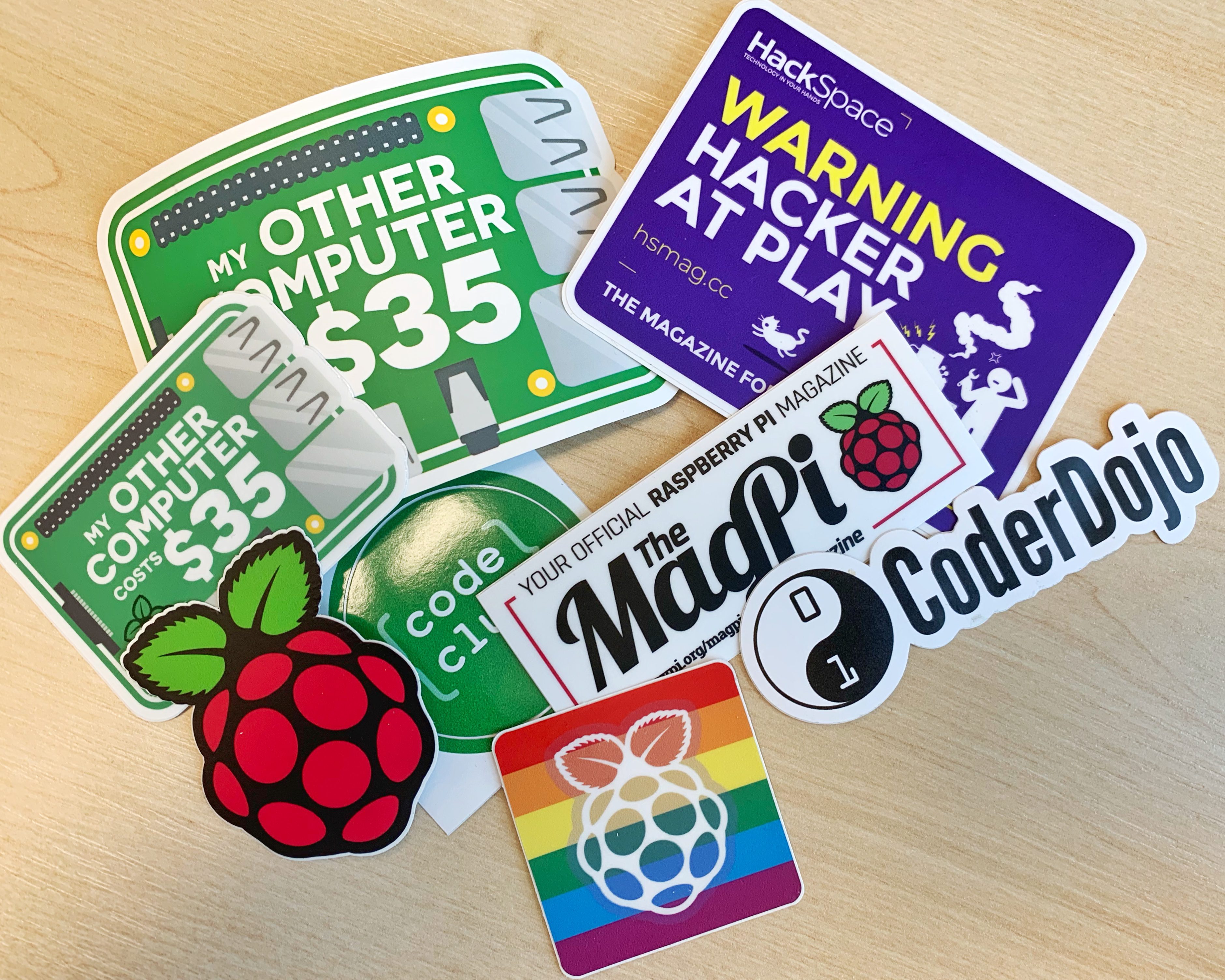Schlagwort: stickers
-

10,000 sticker pack giveaway
Reading Time: 2 minutesUPDATE: all 10,000 sticker packs have now been claimed. We honestly didn’t think these would go so quickly. If you’re in a different time zone to us and reading this later during your day, we’re sorry you missed out. We’ll see whether we can run another giveaway in the future at a…
-

Win some Raspberry Pi stickers #GimmeRaspberryPiStickers
Reading Time: < 1 minuteTo celebrate the launch of Raspberry Pi 4, and because it’s almost the weekend, we’re giving away some sticker packs! For your chance to win a pack, all you have to do is leave a comment below, or comment on the Facebook post about this give-away, or tweet us with the…
-

Building a Live Stream Feed for Twitch Extensions
Reading Time: 6 minutesNotify your Discord and website when streamers go live with your Extension! This is a guest post by Matt Condon (Thanks, Matt! 👋), one half of the two-person team at dot that builds the Stickers Extension. The Stickers Extension turns any stream into a canvas for viewers where viewers receive rare digital…


